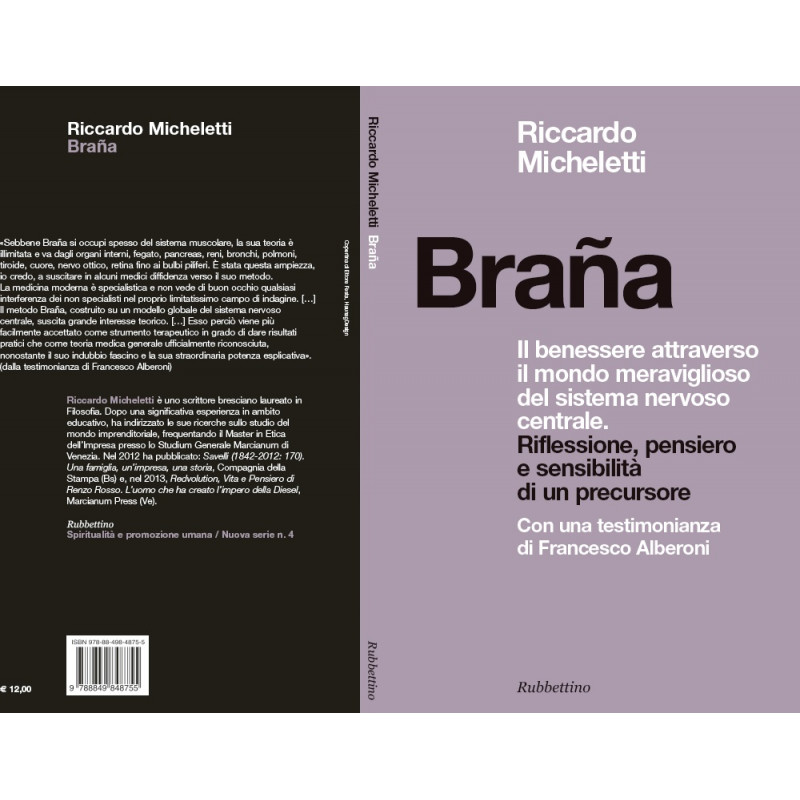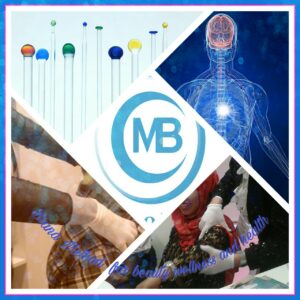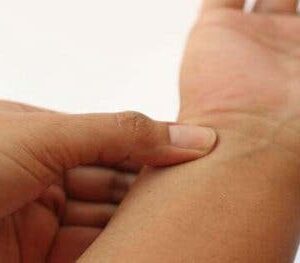The personal and intellectual story of Sergio Lopez Braña, around whose figure the narrative path of the present volume revolves, is that of a man who was able to react to the tragic situation of being a war orphan, managing to redeem himself socially and achieve fulfillment in life, then choosing to devote his existence to research activity and helping people in need. An itinerary that, therefore, rightfully inscribes the present volume in the “Spirituality and Human Promotion” series, and not only because of its nevertheless obvious social and philanthropic dimension.
The “Braña Method,” a holistic healing method (one that considers the body as a “whole”) designed to give benefit by therapeutically traversing the pathways of the central nervous system, was in fact discovered and popularized by Sergio Lopez Braña in the late 1970s, coming to the aid of hundreds, if not thousands, of people, including well-known faces in culture and institutions, moving from its initial “discovery” to consolidation through many years of study and empirical research.
The refinement of his own method thus enabled Lopez Braña to offer society a new avenue of treatment, innovative and at the same time natural: as the author of this volume points out, to him they turned over time “especially those who were suffering from problems that traditional medicine usually failed to solve.” His strategy was to create an articulated and coordinated treatment, which would later also lead to the founding of Chémèia Srl, a company specializing in the creation of phyto-cosmetic products to go with the Braña method itself, founded in January 1990 by Barbara Lopez Braña, daughter of Sergio Lopez Braña.
The testimonies collected here by the author enrich the biographical profile of Sergio Lopez Braña, and confirm the incidence of his contribution to medical practice, such as that of Msgr. Serafino Spreafico, a Capuchin friar and later bishop of the Diocese of Grajaú, in the State of Maranhão, Brazil, who for nearly three decades engaged in evangelization among the inhabitants of large cities such as Fortaleza. He, at the suggestion of the well-known Italian intellectual Francesco Alberoni (also the author of a testimony contained in the present volume) and his wife Rosa – herself positively cured with the “Braña Method” -, found in Lopez Braña’s therapeutic path a concrete comfort for his own health, lifting himself from the fatigue inevitably produced by the long and difficult years of apostolate in the difficult lands of South America. Or again the story reported here of Samuel Pelliccioli, a young man from Lombardy who was the victim of a serious motorcycle accident and who, through regular work performed with the Braña chromo-reflexological method (the specific name of Lopez’s technique), was able to appreciably improve his limb mobility.
Lopez Braña’s social and intellectual commitment, in the context of a not always easy and straightforward confrontation between the new avenues of development of so-called “alternative” methods and “official” medicine, nevertheless attests to the founder of the “Braña Method’s” unflappable consistency with respect to his own moral principles, based first and foremost on an intensely felt religious faith, such as – as recalled in these pages – “the unquestioned recognition of the value of family, friendship, the attitude of risk (not gambling) and the sense of justice and humanity towards others.” A value framework, the latter, which helps in a historical perspective to place the testimony of Lopez Braña and his curative method in a broader framework than that of a simple deterministic therapy, in a vision marked by considering the human being in its totality and originality, basically also convinced of the possibility of its spiritual dimension.
Paolo Gheda
“Although Braña often deals with the muscular system, his theory is unlimited and ranges from the internal organs, liver, pancreas, kidneys, bronchi, lungs, thyroid, heart, optic nerve, retina to the hair bulbs. It was this breadth, I believe, that caused some physicians to distrust his method. Modern medicine is specialized and frowns upon any interference by non-specialists in its very limited field of investigation. […] The Braña method, built on a comprehensive model of the central nervous system, arouses great theoretical interest. […] It is therefore more readily accepted as a therapeutic tool capable of yielding practical results than as an officially recognized general medical theory, despite its undoubted appeal and extraordinary explanatory power.”
(from the testimony of Francesco Alberoni)













